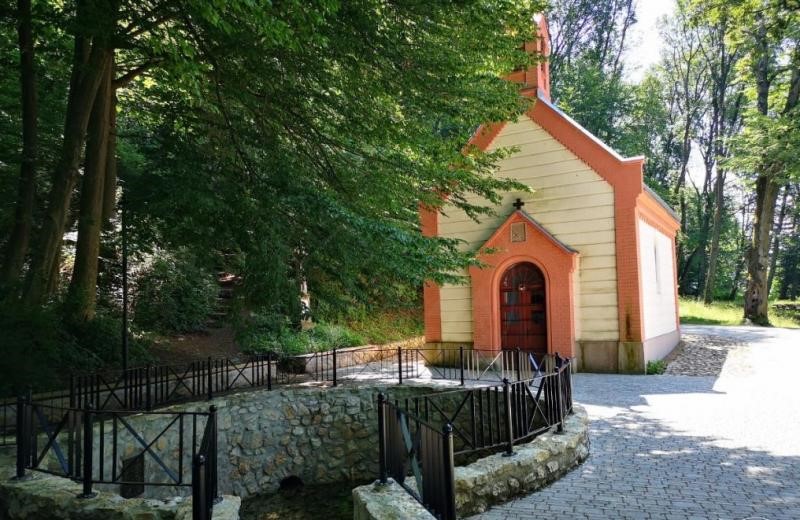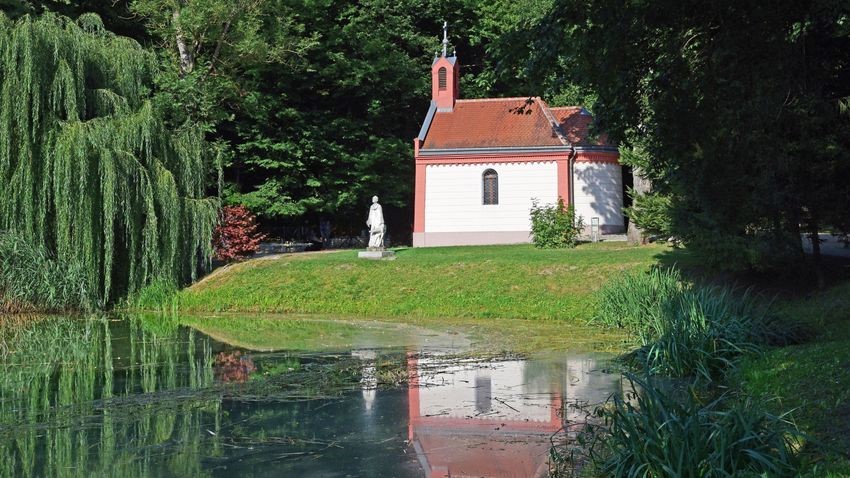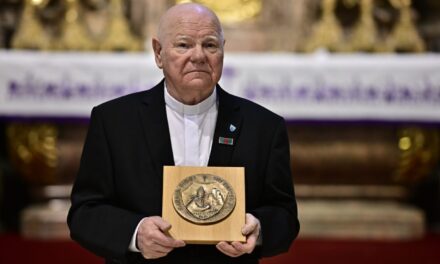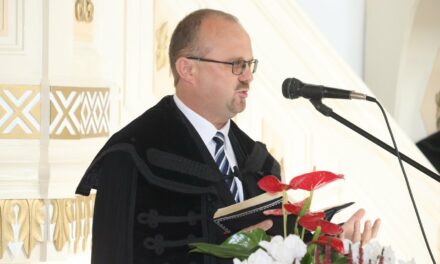During the excavation, the specialists unearthed, among other things, the rock cavity which, according to legend, was the residence of the Venetian Benedictine monk St. Gellért, considered the first martyr in Hungarian history, during his hermitage in Bakonybél.
The exact details of the use of the hollow in the area, which is assumed to be a place of pilgrimage, and of the chapel that once stood next to it, which is believed to be connected to it based on the excavation, are still unknown, however, the metal and ceramic artefacts found convincingly support the medieval or earlier origin of the hollow, as well as the intensive use of the site Its use in the Árpád era - was written in a statement sent to MTI by the Eötvös Loránd Kutatási Hálózat (ELKH).
Presenting the history, they pointed out that the Szentkút site, located just 1 kilometer south of the Benedictine monastery complex in Bakonybéli, which was also excavated as part of the current project, was first excavated for scientific purposes in 2016-17. During the works at that time, a part of a larger cavity was found on the top of the rock cliff called Amber Stone, which was used as a calvary hill from the 19th century, containing an approximately 12-14th century. century, with the ruins of a chapel built of stone and decorated with wall paintings. The researchers determined then that the building left behind in the ruins could have been the former chapel of the Virgin Mary of the Benedictine monastery founded by King Saint István in 1018, which was built in IX. According to Pope Gregory's privileged certificate issued in 1230 confirming the monastery's property rights and ecclesiastical privileges, it stood above the rock of St. Gellért.
In the announcement, it was recalled that shortly after his arrival in the Kingdom of Hungary, around 1023, St. Gellert spent seven years as a hermit in the forest of Bakonybél, which is why the medieval name of the rock mentioned in the papal document is connected to this.
According to the summary, the rock cavity could not be fully excavated during the previous planned excavation in 2016-17, even though the location of the cavity next to the chapel and the importance of the site within the hermitage tradition raised many questions. That is why the rock cavity was fully excavated this summer.
As a result of the research, which was partly carried out using speleological methods, it was clearly decided that the deepest part has a regular, almost square plan, i.e. the depression is artificially designed. The filling of this deepest part also brought to light some medieval finds, among them a generously worked red carved sandstone from the ruins of the chapel.
Both the modern historical sources and the unearthed material suggest that the cave was established in the Middle Ages or possibly earlier and that the rock cave could have been closely related to the Árpád-era chapel of the Virgin Mary described in the mentioned document as above the rock of St. Gellért, the debris of which was found from the filling of the cave they wrote. The rock cave and the chapel - which certainly stood somewhere next to the depression on the rock plateau - can certainly be closely related to the supposed or real presence and memory of the 11th-century hermit saints Saint Gellert and Saint Günther who lived here.
The hollow may therefore have had a sacred role, but more precise details of its use are not known. It is still an open question whether the cavity with a usable internal area of approximately 8-10 square meters could have been inhabited during the Middle Ages, or whether the rock cavity was only later intended to play a role in the promotion of the local sacred cult.

"Whether a hermitage functioned or a shrine was formed on the site, or even both, the metal and ceramic finds collected on the rock plateau and at the foot and side terraces of the rock outcrop convincingly support the intensive use of the site during the Árpád period," they concluded.
The archaeological excavation carried out within the framework of the Kings – Saints – Monasteries research program launched with the support of the Eötvös Loránd Research Network (ELKH) was organized by the ELKH Humanities Research Center (BTK) between May and July 2022. The excavation, which was carried out with the professional help of the Bakony Natural History Museum department of the Hungarian Museum of Natural Sciences, was led by Balázs Szabolcs Nagy, an archaeologist at the ELTE BTK Institute of Archaeology.
Source: MTI
Photos: Bakonybél-környéke.hu













